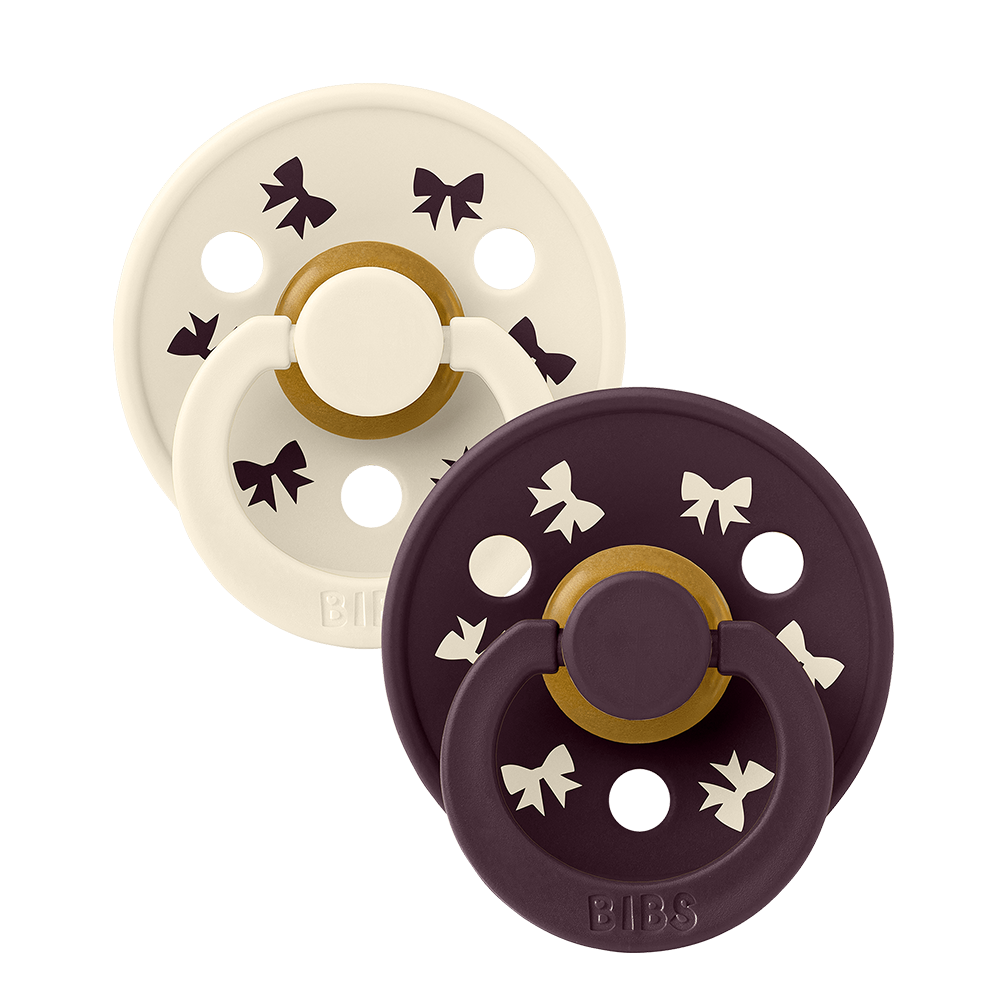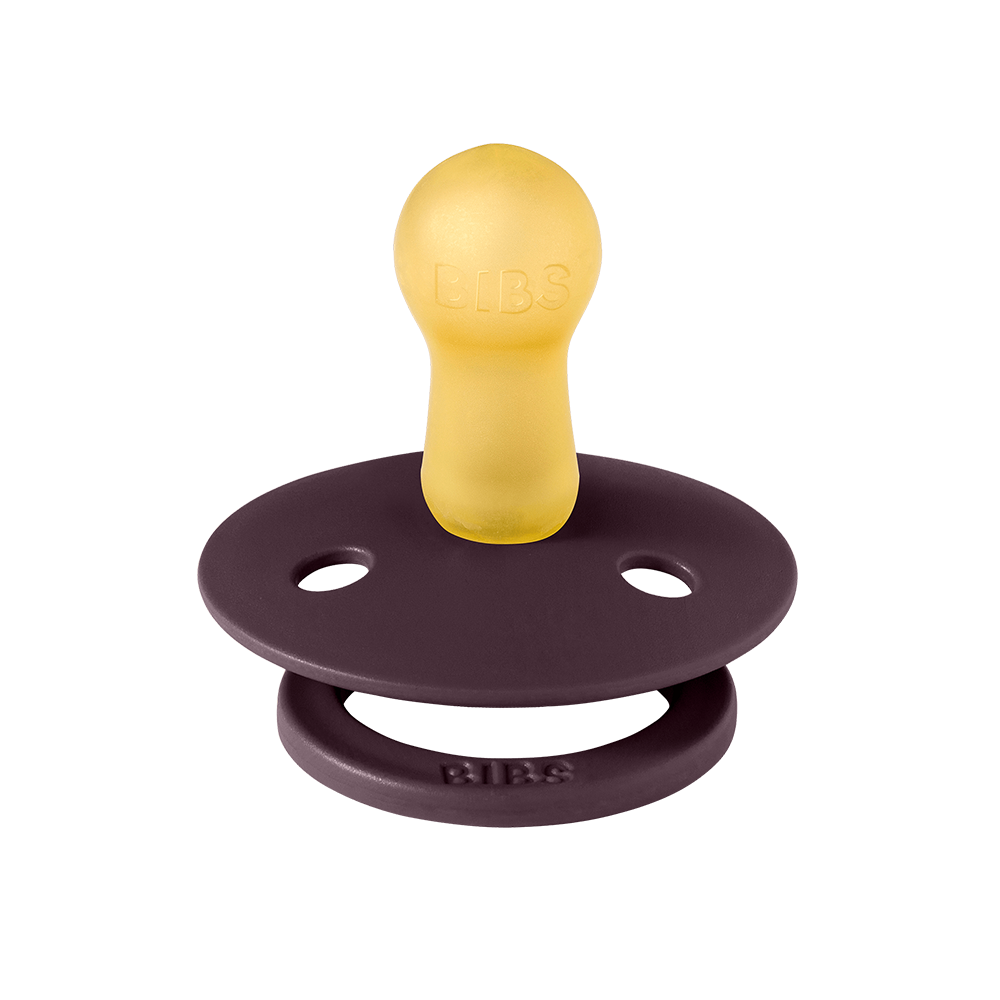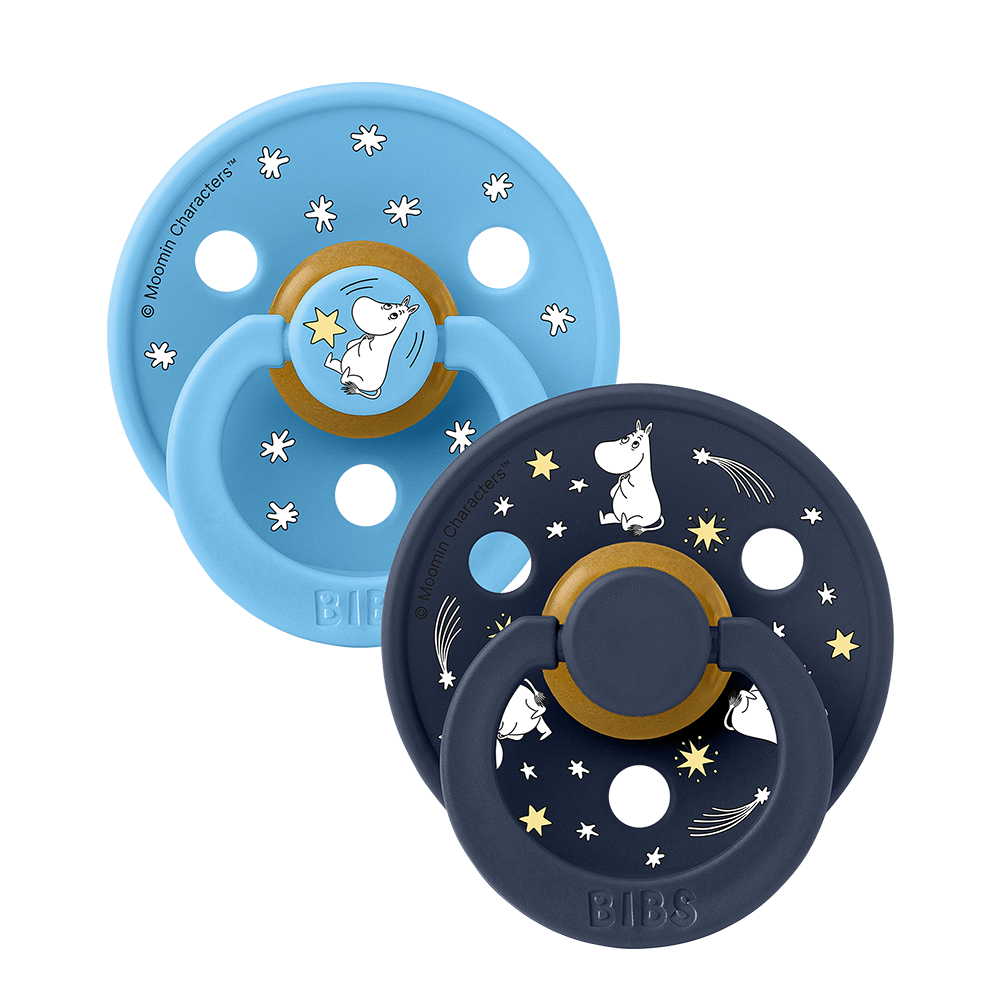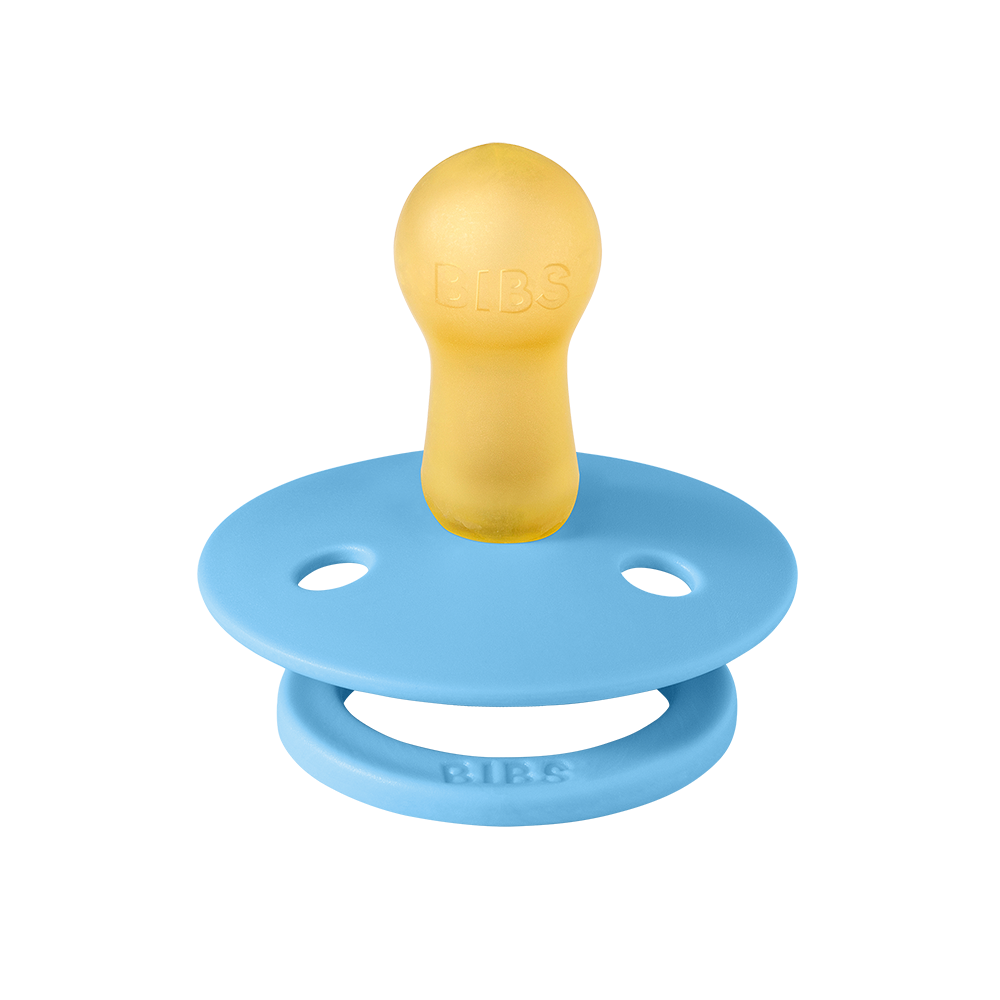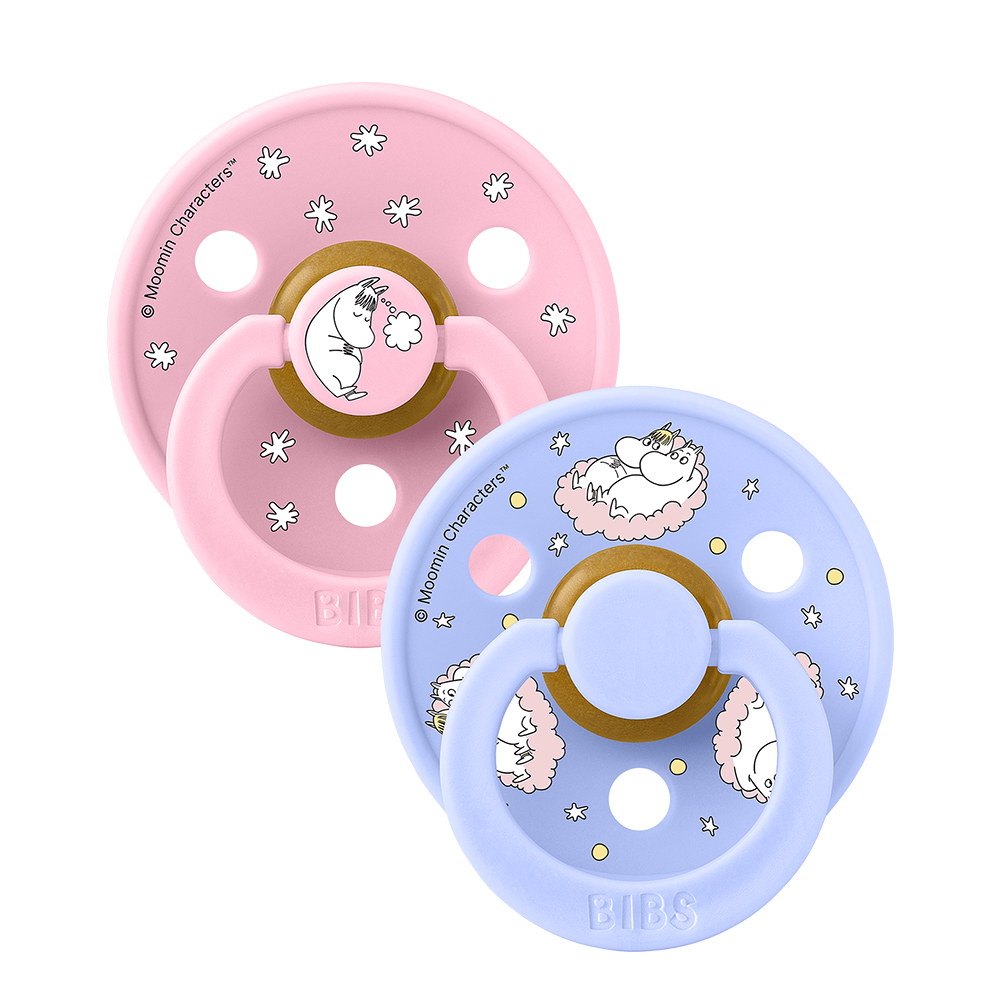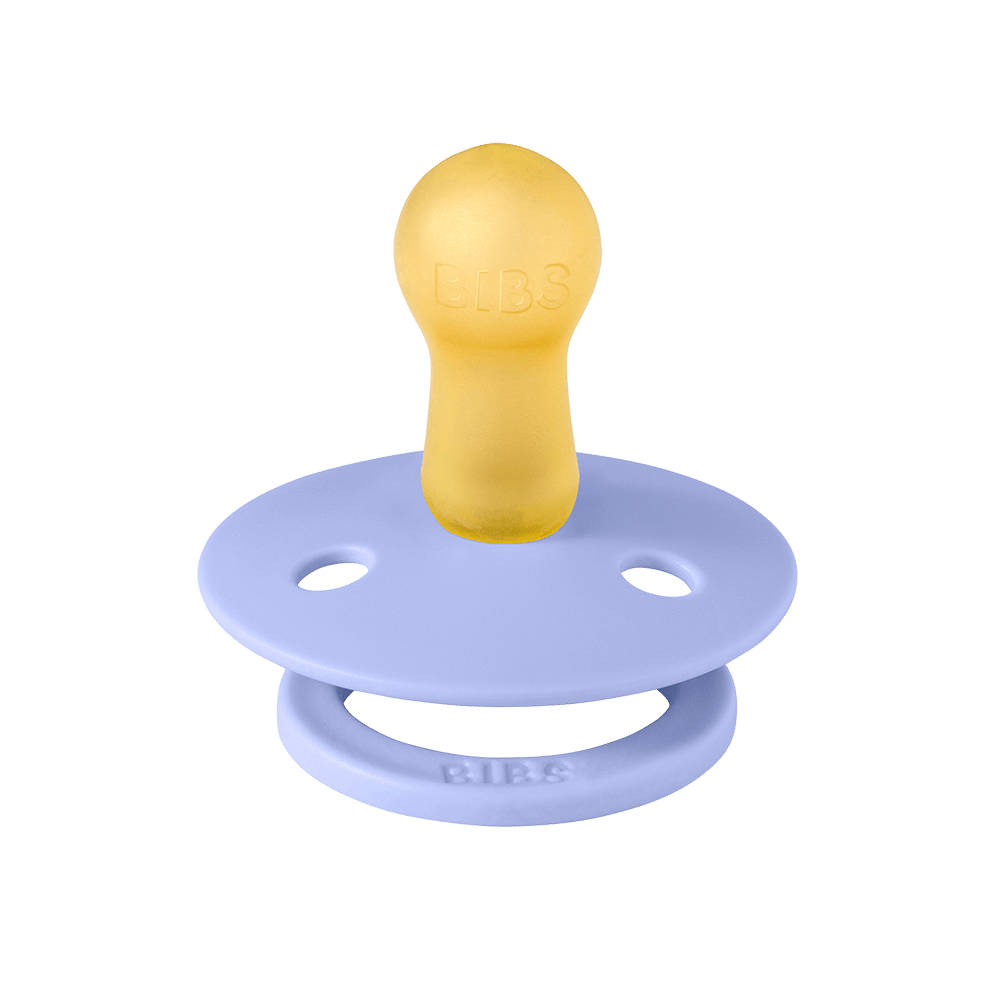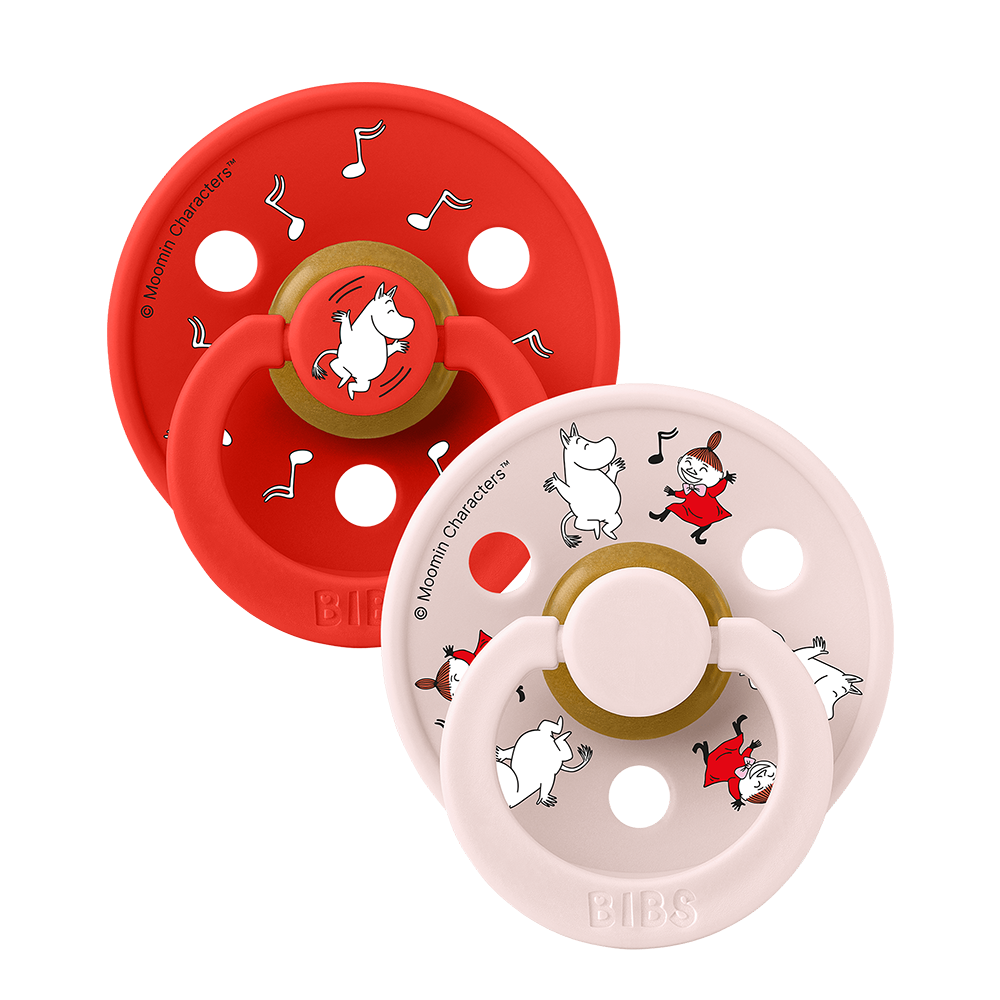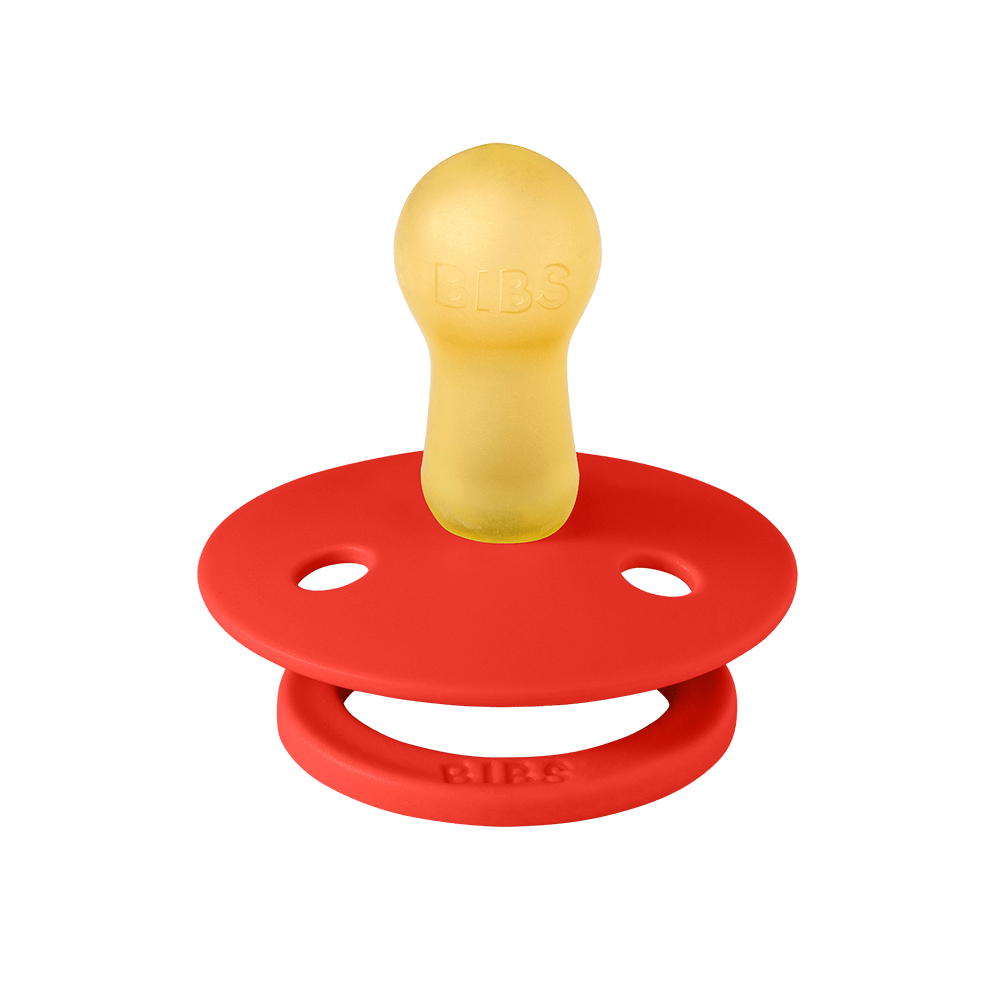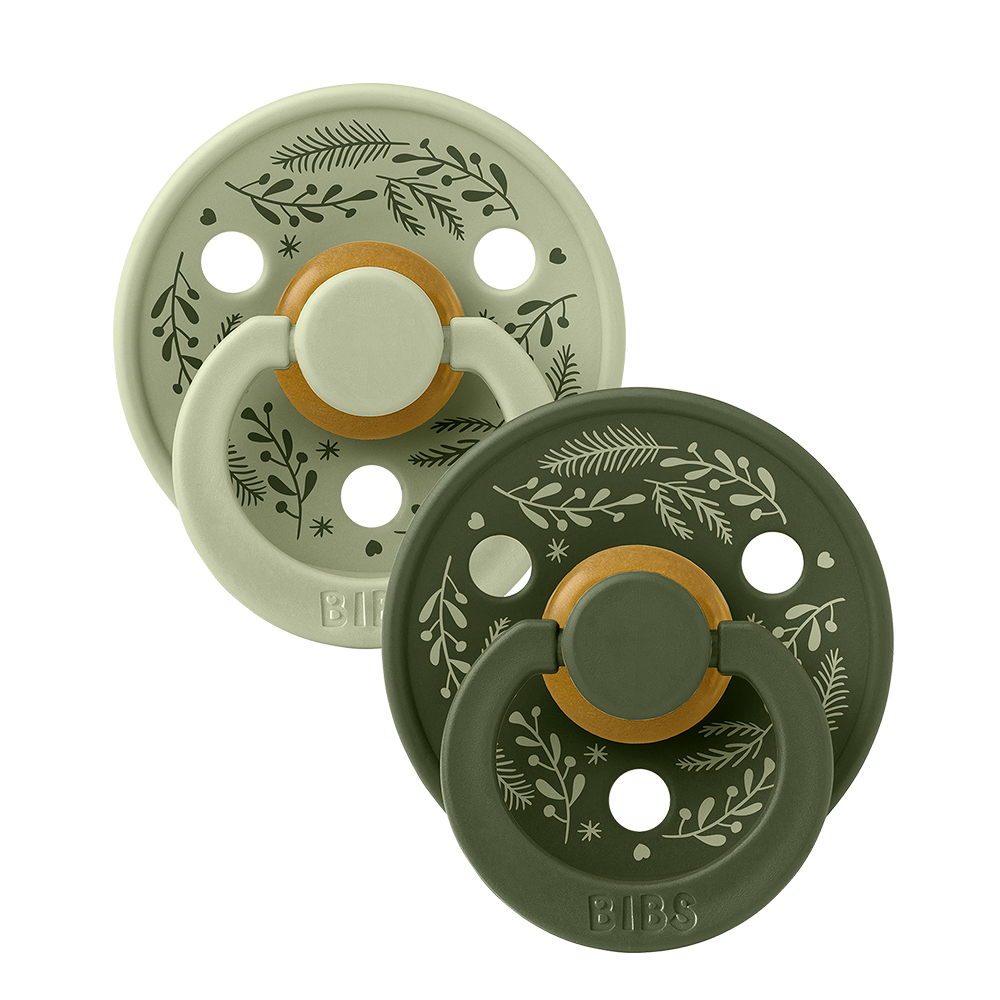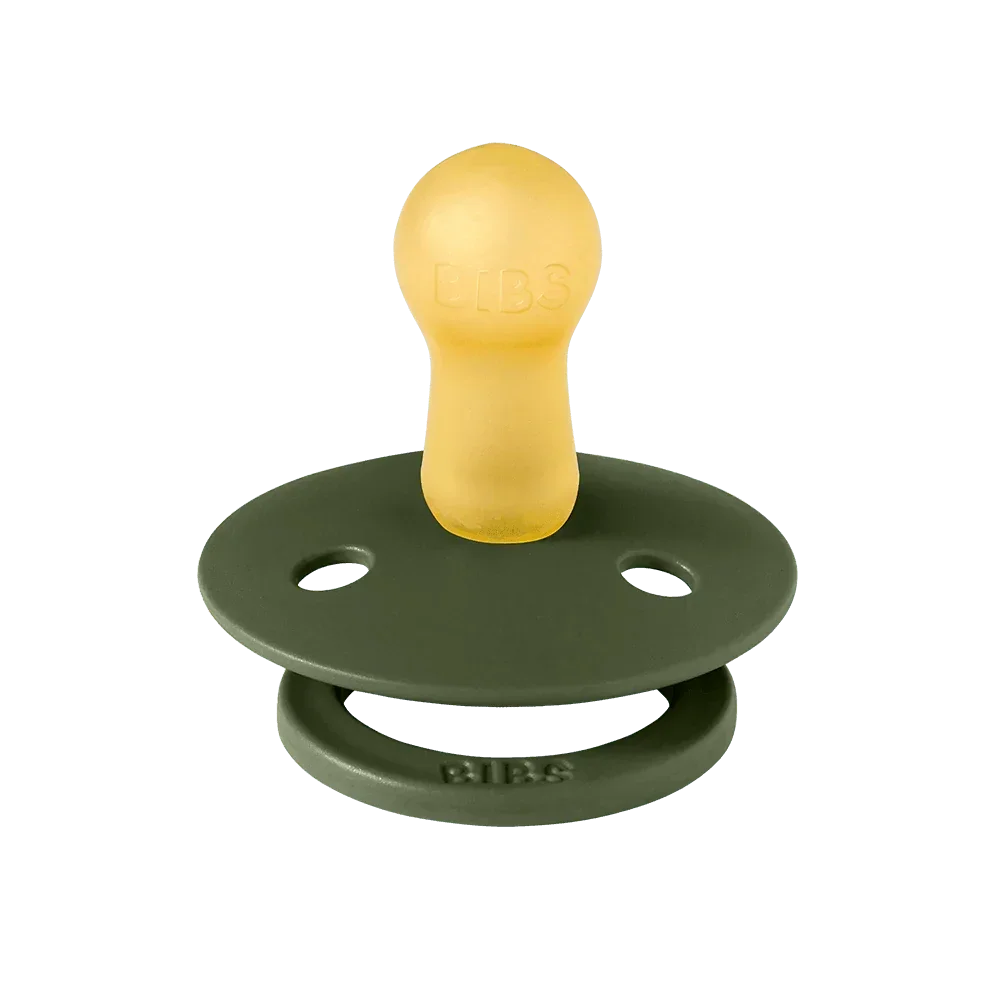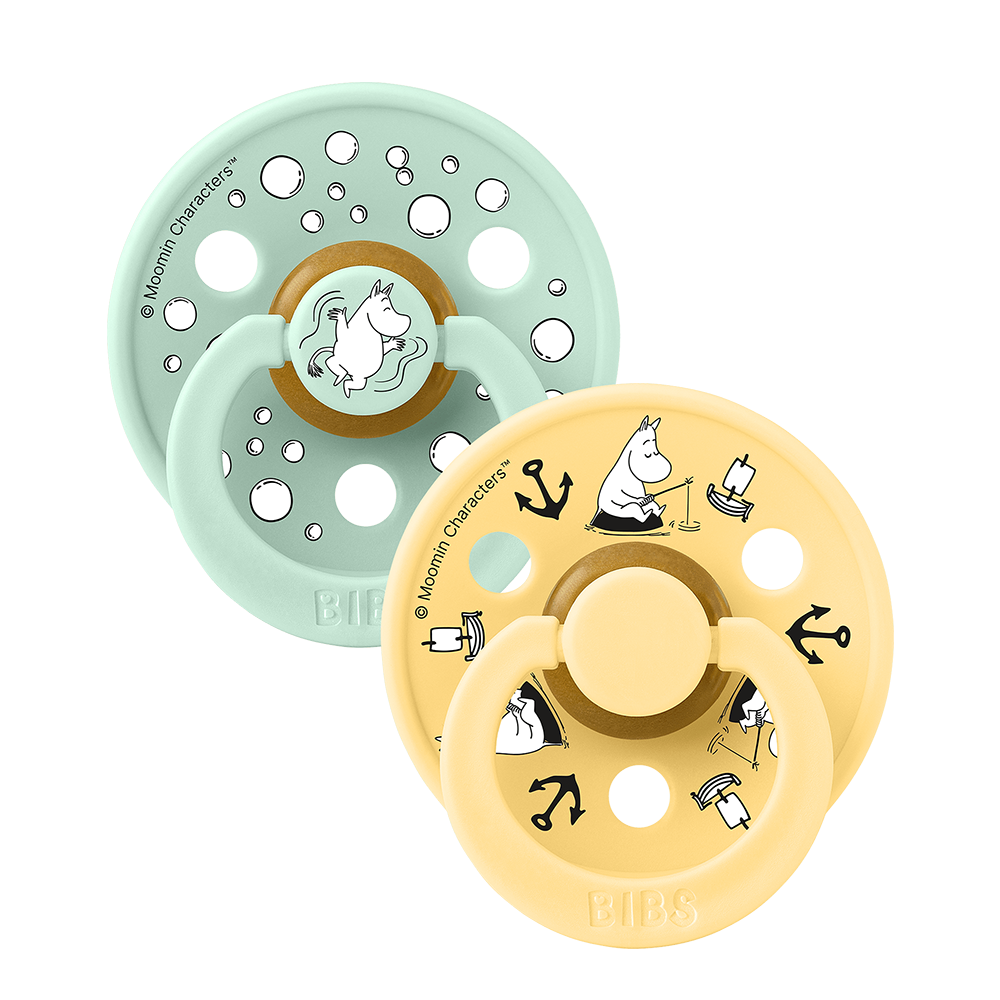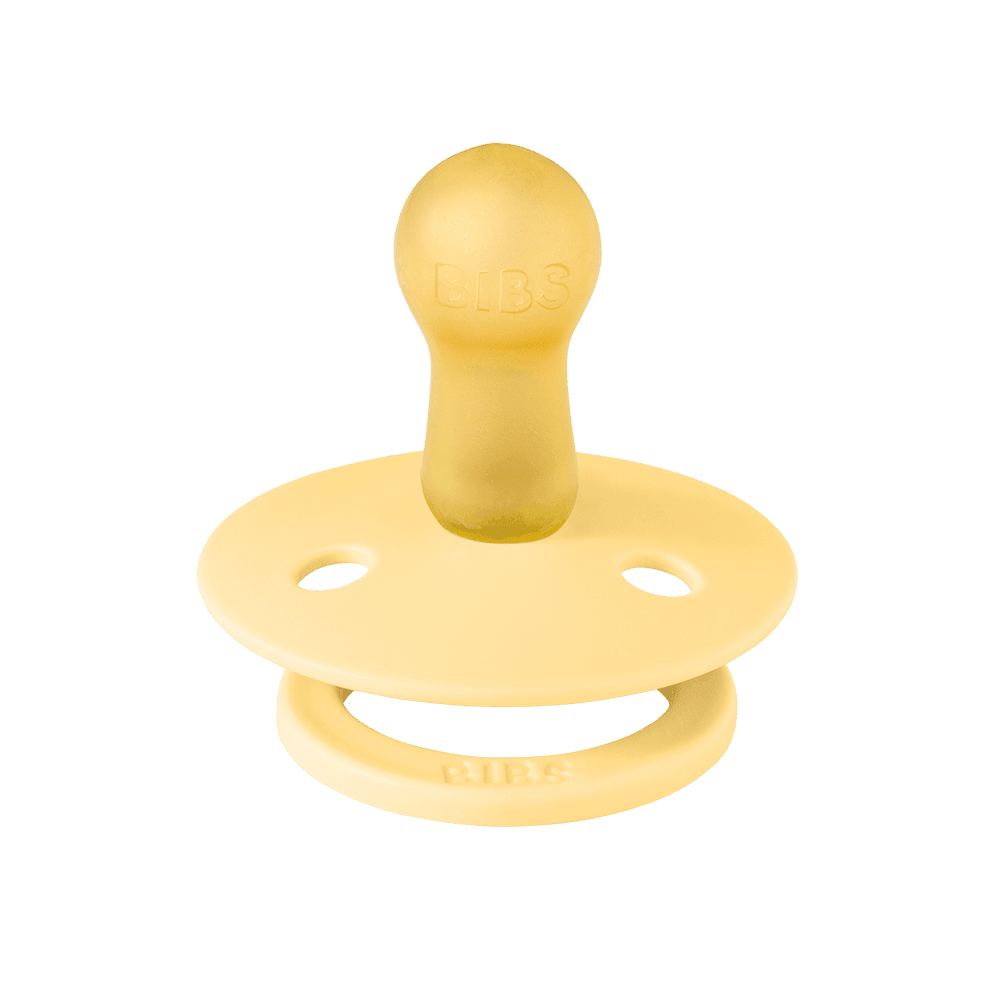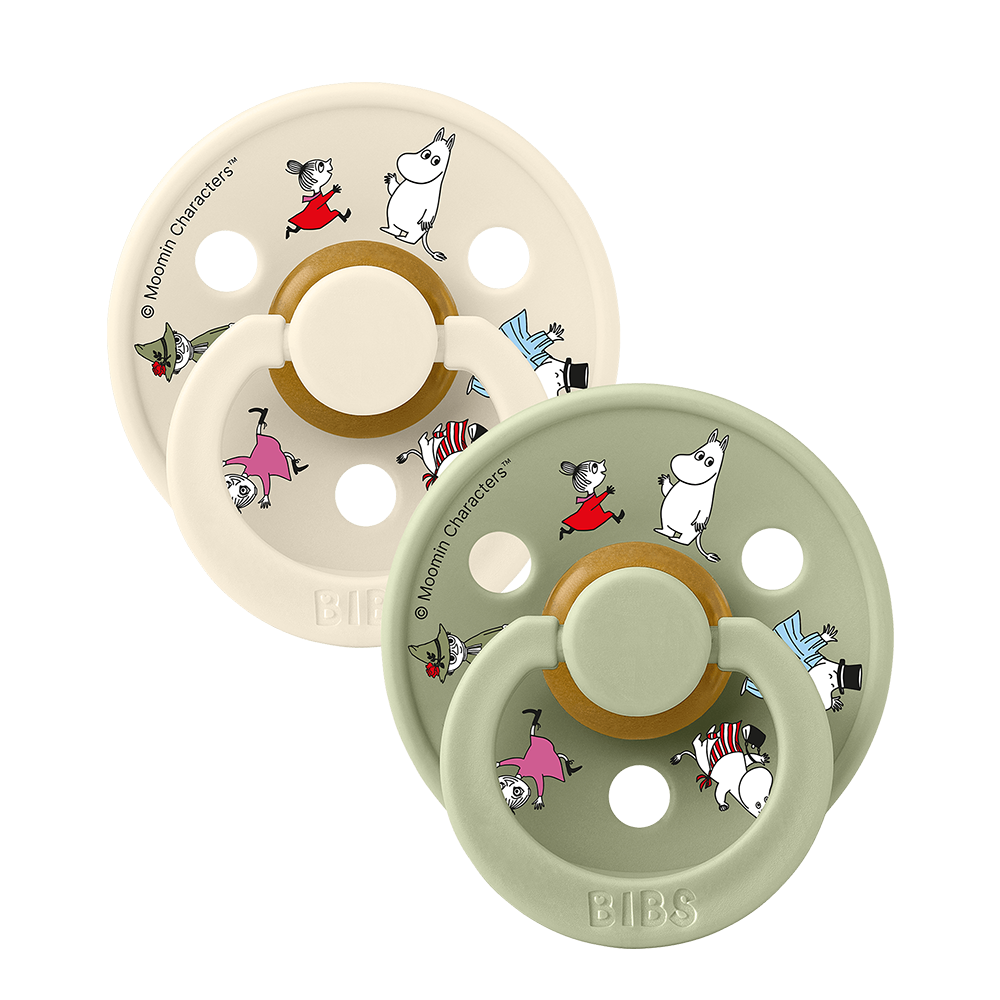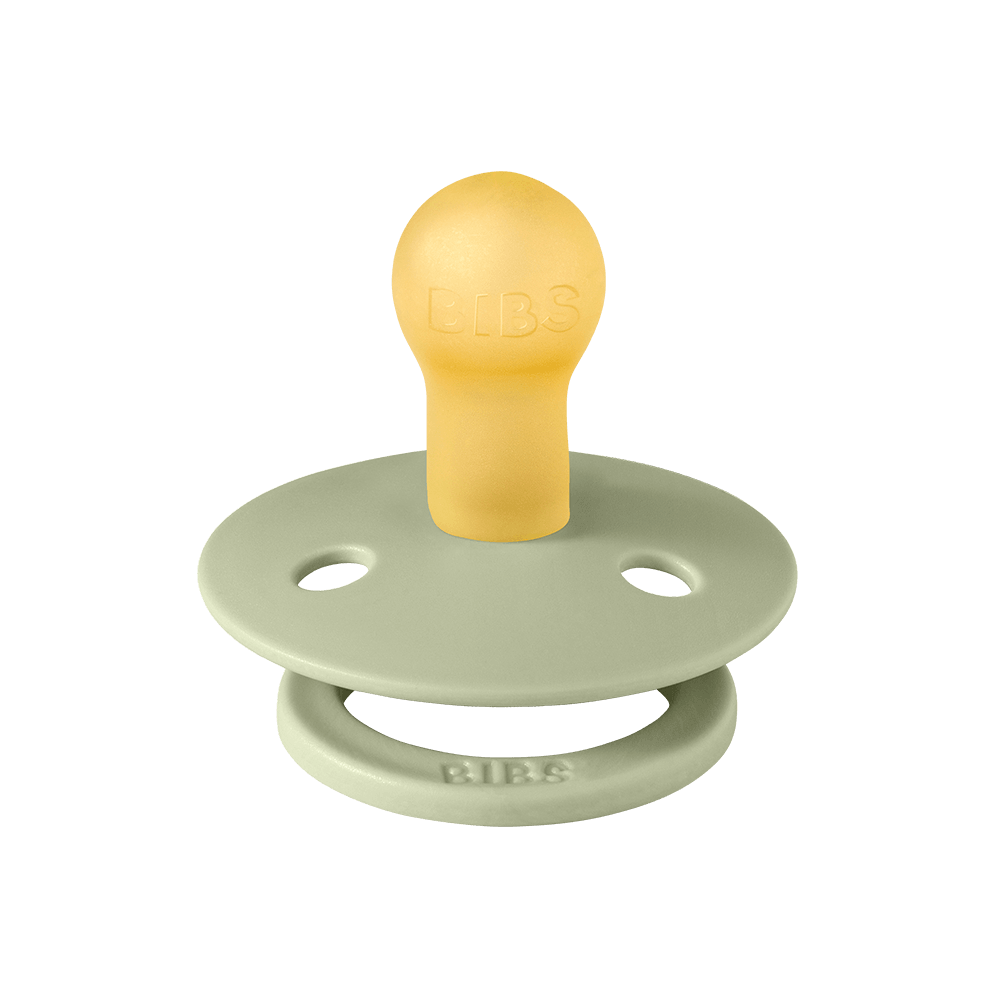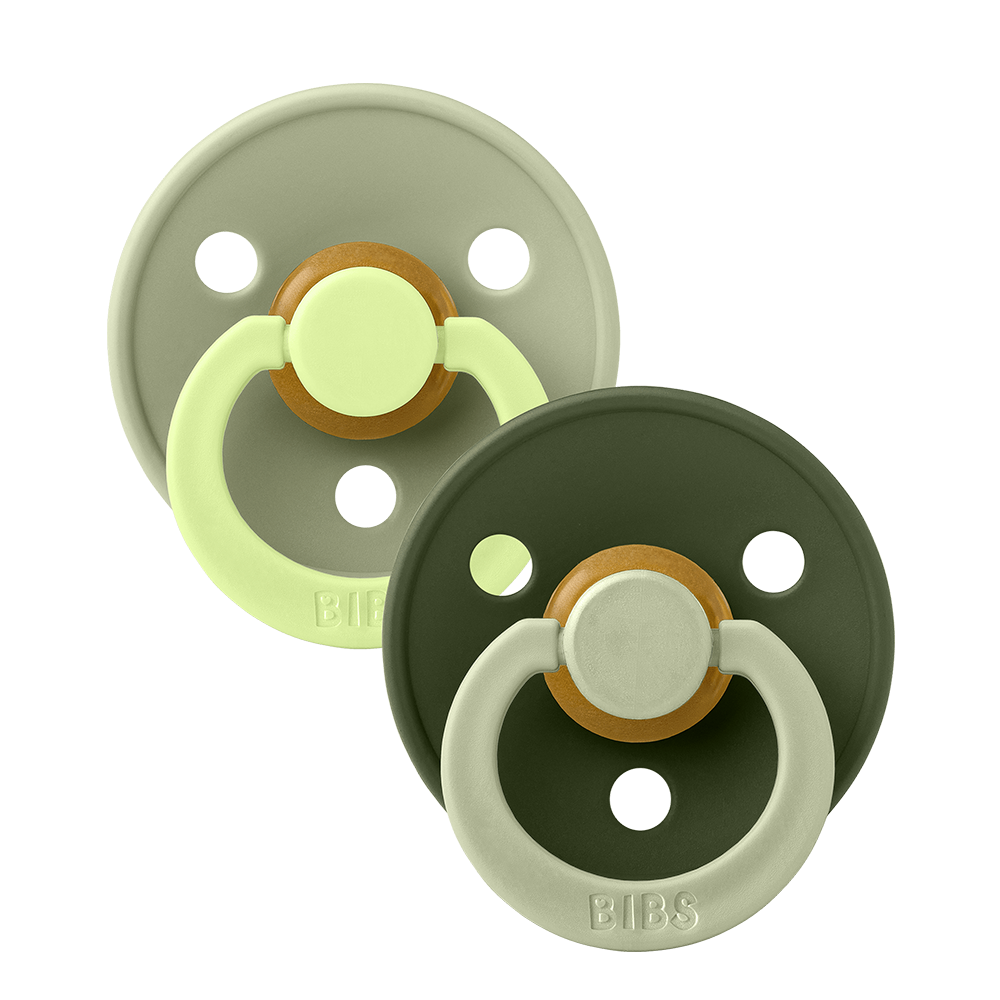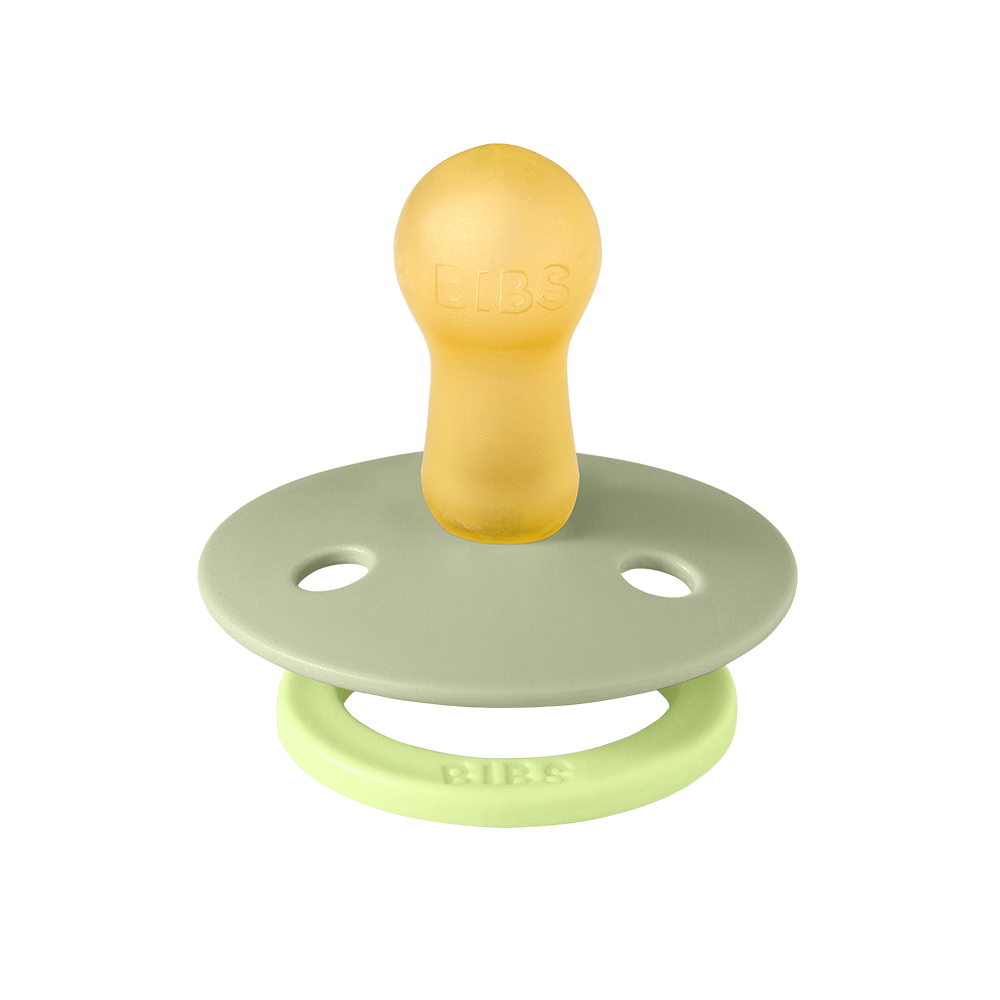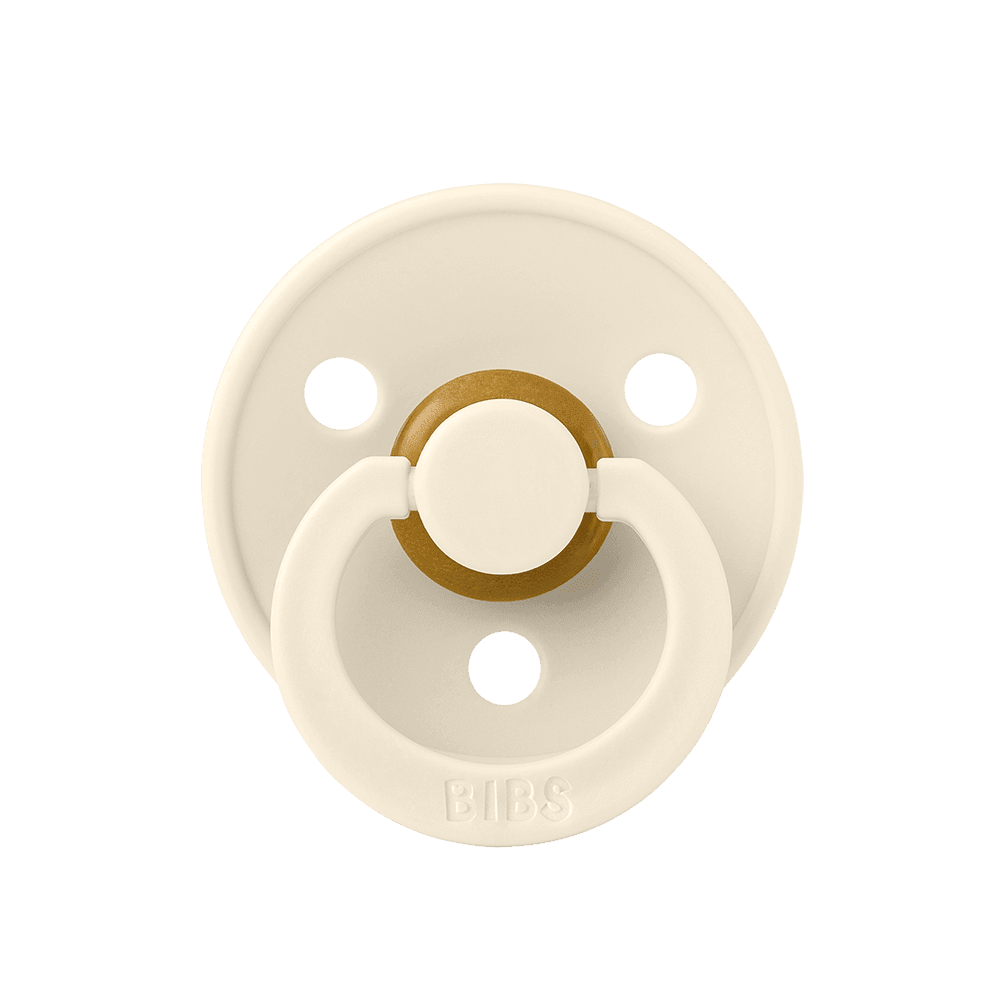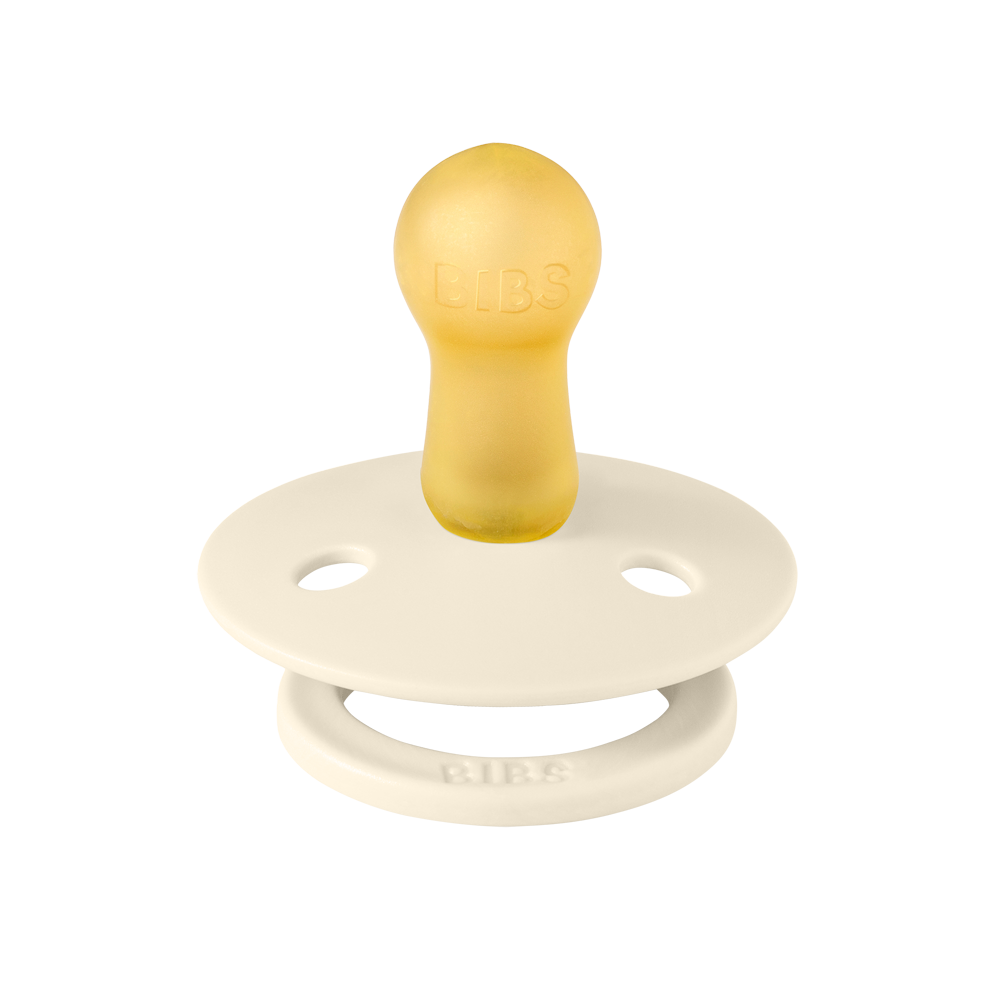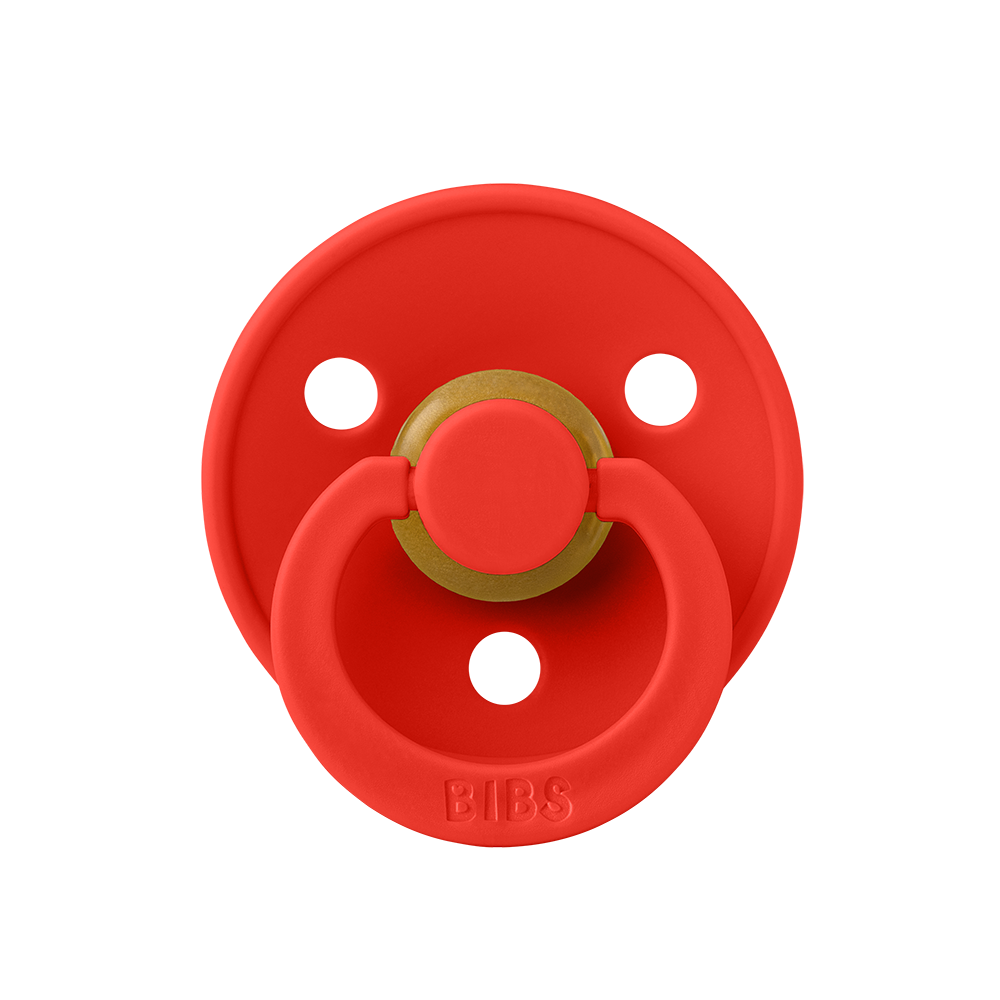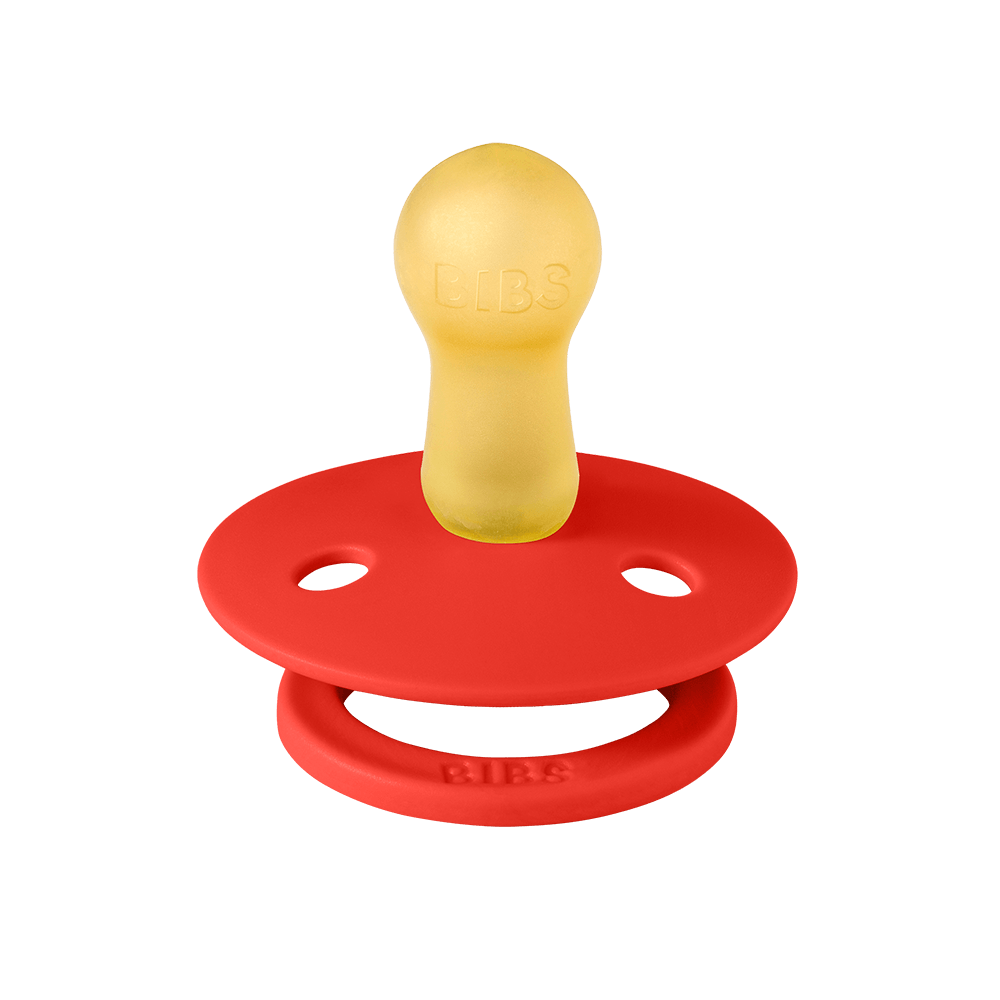
If you want to bottle-feed your baby – either with formula or your own expressed breastmilk – this is the guide for you.
What is paced bottle-feeding?
Paced bottle feeding is a method of feeding your baby that aims to slow feedings to closely mimic breastfeeding. The method slows down the flow of milk and makes the baby work harder to get the milk (like he or she would with breastfeeding) and at the same time allows the baby to take breaks which reduces the risk of overfeeding that may result in discomfort to the baby.
When babies feed at the breast, they easily self-regulate how much they eat. Paced bottle-feeding mimics the natural rhythm of breastfeeding, where the baby sucks and swallows during a letdown, then rest briefly between letdowns.
“Some babies who have gotten used to drinking from a bottle will get frustrated with the slower flow from the breast. At the beginning of breastfeeding, there is only a little milk available to the baby. Most of the milk comes when the let-down reflex happens after 30-60 seconds of sucking. Only then, will the baby get a large amount of milk. In contrast to the bottle, where the milk will flow steadily immediately.” – Kirsten Lise Andersen, Authorized Children´s Nurse/Health Visitor, Working With Baby
Step-by-step guide for paced bottle-feeding:
- Hold your baby in a semi-upright position supporting the head. It is important that your baby can breathe and swallow comfortably.
- Always have good eye contact with your baby and talk to your baby gently during bottle-feeding. This helps to build a close and loving relationship with your baby and helps him or her to feel safe and secure.
- Touch the baby's lips with the bottle nipple to open its mouth. When the baby opens its mouth, the bottle is placed so the nipple touches the soft palate, and the baby begins to feed.
- Hold the bottle horizontal, so the bottle nipple is filled with milk. This is to prevent the baby from swallowing too much air.
- After 20–30 seconds of feeding, the bottle is tipped downward to stop the flow of milk (creating a similar pattern as in breastfeeding).
- After a few seconds, tip the bottle up to allow milk to flow into the nipple again.
- Continue this “go-stop” method until the baby signals that it is full.
The benefits of paced bottle-feeding:
- Help avoid overfeeding
Paced feeding helps your baby listen to his or her natural signs of hunger and fullness, instead of encouraging the baby to drink a certain number of ml/oz just because that is in the bottle.
- Help digestion issues and decrease reflux
If your baby is experiencing digestive issues while bottle-feeding, paced bottle-feeding helps them take smaller, more frequent amounts, which can make digestion more comfortable.
- Help prevent “nipple confusion”
Babies do not get confused about the different feeding methods, but they can develop a preference for the bottle. This is because it is a lot less work for a baby to drink from a bottle than from a breast. Paced bottle-feeding better mimics the natural rate of breastfeeding, and it may help you switch more easily between the two.
If you have questions about the best way to introduce a baby bottle for a breastfed baby, please read our blog post ‘Tips for bottle-feeding a breastfed baby’ here >

